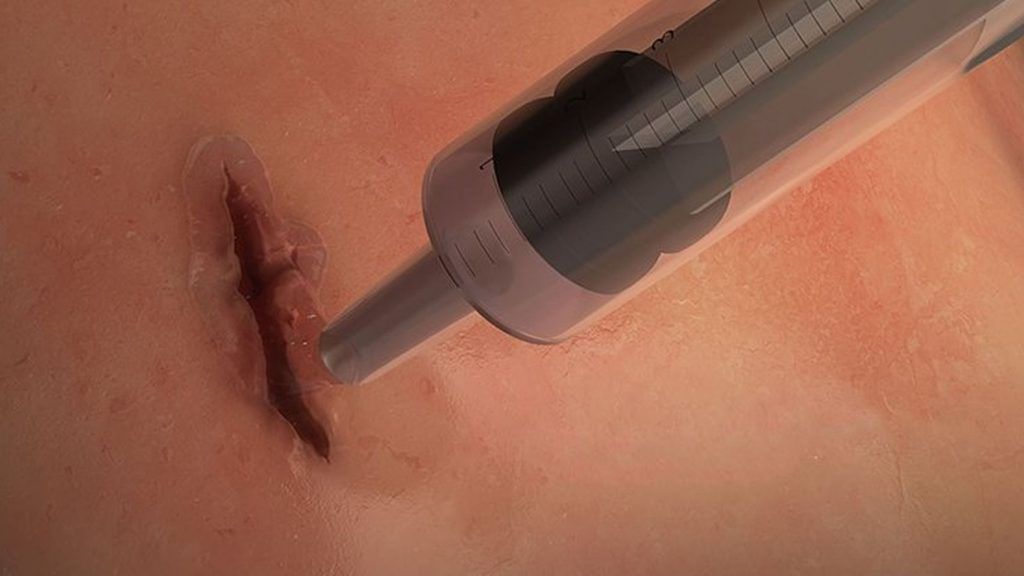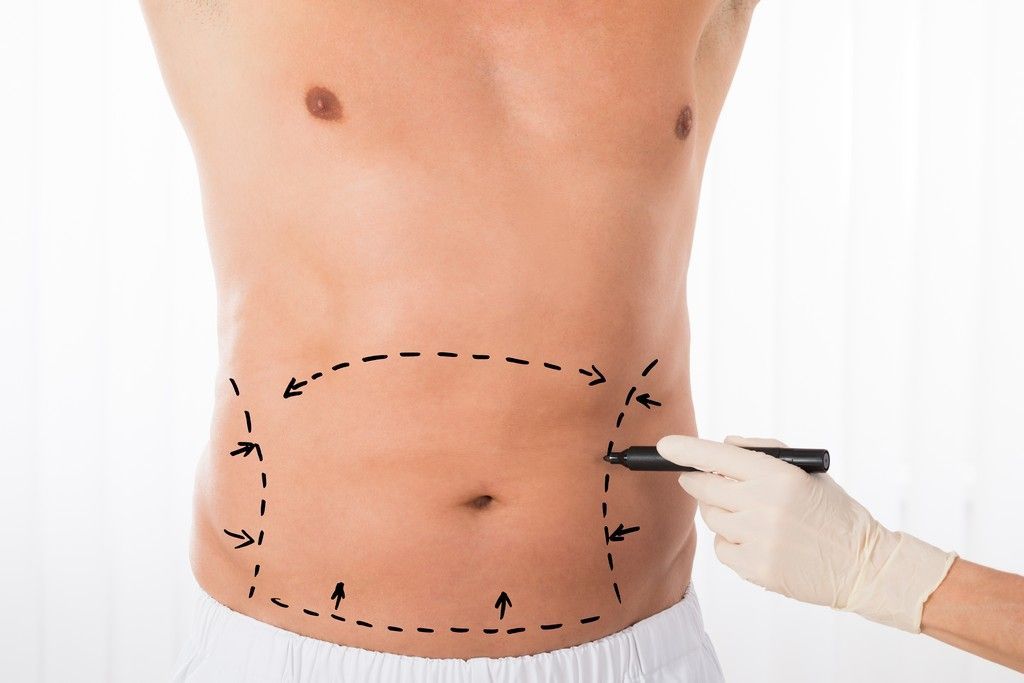This hydrogel created by scientists from the Wyss Institute of Harvard is able to seal injuries inside the organs and arteries

A new hydrogel inspired by a substance created naturally by the human organism – elastin – could be the solution to punctures, injuries and medical incisions in virtually any human tissue. According to a recent study published in the journal Science and carried out by the Wyss Institute of Harvard University, this new glue could be used not only on human skin, but also inside the organs, including the heart and lungs . The new sealant is applied simply on any type of incision or injury, and then joins both parts photochemically.
This is not the first time that this group of researchers has tried to achieve a glue like this, because their work began to develop in 2013, when they investigated the qualities of elastin, a human protein that gives elasticity to both the skin and the skin. arteries and the lungs. The substance that gives rise to elastin, tropoelastin, has regenerative abilities. Knowing this, tropoelastine was used together with methacrylate and pulses of ultraviolet light were applied, giving rise to a versatile, elastic hydrogel capable of providing a matrix of cells that can stick and repair damaged tissues.
Initially this invention was tested with cardiac cells, but later the work focused on the repair of lung lesions. By varying the components of this hydrogel, a better application could be achieved depending on the tissue that one wanted to repair. In fact, it has already been proven that this new glue is capable of repairing both pulmonary and arterial lesions, at least in rats, after surgical procedures.
According to Nasim Annabi, lead author of the study, this new glue is able to become solid almost immediately after contacting the tissue to be repaired, something that provides greater stability and safety in the repair of injuries.
Researchers say that this finding will serve to put aside current methods of tissue repair tolerated by the body such as sutures, staples and other mechanisms, but much more conveniently, especially in hard-to-reach places for these surgical methods.
Among the potential applications highlighted by the investigators are internal wounds that require emergency repair -such as traffic accidents or war wounds-, where surgical material is not available, or simply for convenience in hospital surgeries. Although, for the moment, they suggest that it is still early to use their creation in emergencies, because it must still be tested in humans.
- Source: www.elespanol.com
- Date: 10-14-2017















